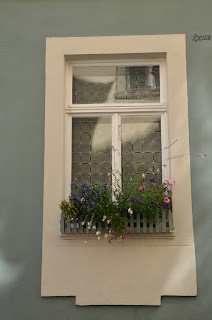Siegfried’s Mechanical Music Cabinet Museum is housed in Brömserhof in Rudesheim.
The museum covers an exhibition space of more than 400 square metres and has one of the largest and most beautiful collections of mechanical music boxes. There are approximately 350 exhibits of mechanical instruments dating from the 18th to the 20th century – from delicate musical boxes to a gigantic piano-orchestrion. The museum also includes tools and machines for manufacturing barrel organs, cardboard music, piano rolls and musical box plates.
Siegfried’s Mechanical Music Cabinet Museum provides an insight into music boxes in the past and its place in society as well as traditional techniques in making the musical boxes and the music rolls. It’s interesting to understand how these instruments work and to be able to listen to its fine music.
The Hupfeld phono Liszt Violina are amazing mechanical violins. Because these instruments musically and technically surpassed all expectations they have been described as the eighth wonder of the world.
Bernhard Dufner’s band of 27 automatic dolls, each one playing a different instrument. This is the largest Doll Automaton calliope that was ever built. It is almost 4.0 metres wide, 2.80 metres high and 1.0 metre deep and is an impressive example of black forest Orchestrion architecture.
A snuff box with a musical songbird which was produced in the first half of the 19th Century by J. Bruguier in Geneva. When the mechanism is activated, it opens the oval lid and a tiny bird appears, moving its beak and flapping its wings. The small songbird music boxes were very popular with wealthy people who snapped them up for their collections . The smaller the bird and the more life-like the singing, the higher the prices these “little toys” fetched. The workmanship is amazing for this miniature music box.

































